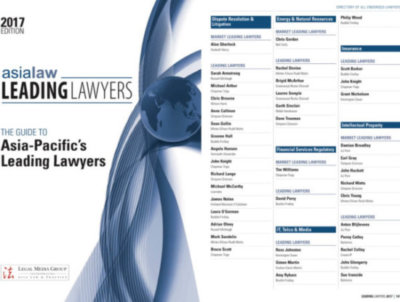IP protection is not a one-size-fits-all endeavour. The selection of available tactics may depend on a variety of factors from product life cycle, complexity and competition to marketability, profitability and return on investment. What works for a multi-million dollar global biotechnology firm is unlikely to work for a start-up mechanical manufacturer or a structural designer.
At one end of the spectrum is the ‘protect everything’ approach. This is suitable when the returns are high and the invention is easy or quick to copy; there’s a lot at stake. Claiming IP rights may give credibility to the promotion of the product and could give potential new investors more confidence in the business plan. It’s also a strong deterrent to copiers and provides a solid position for defence should infringement occur.
The other extreme is to rely on trade secrets, brand kudos and copyright to protect your invention from being copied. This approach carries commercial risks but makes sense for certain products such as those that are difficult to reverse engineer, or where raw materials are hard to source. The complexity of the invention itself together with trade secrets or confidentiality agreements may be enough to keep the invention quite secure.
Companies creating products with a short life cycle or that are time-limited also typically see less value in patent protection. A classic example is a product making its biggest returns in the first 1-2 years post-launch, like games for mobile devices – a competitor is unlikely to be able to replicate the invention and get it to market in time to do any damage to the market share. There are many firms that do well by investing in aggressive product launches to make their returns quickly and then simply move on to the next big idea. This is also relevant to event-related products (think the World of Wearable Art Festival) – once the event is over, the market opportunity has likely passed.
Most companies will fall somewhere in between these approaches, with a strategy that changes and adapts as the product matures. In our experience, the strategy can change dramatically within a very short time period as new discoveries are made.
One client that CreateIP has helped to navigate the muddy “to patent or not to patent” waters is W2, an architectural and structural engineering consultancy in Christchurch. The company typically works on building designs but has also developed other unique design concepts including a caravan and more recently a long span suspension bridge for the Old Ghost Road heritage cycle trail. “We were referred to CreateIP a few years ago when we came up with the caravan design. We knew it was an original idea but weren’t sure about the process for obtaining a patent – or if we really needed one,” saidStuart Winterbourn of W2. “It was helpful to talk through our opportunity with a specialist to clarify the options and major considerations around patent filing; it’s not a black and white decision.”
In assessing whether or not a patent is the best course of action, the questions to ask are:
- How easy is it to copy?
- What is your exit strategy?
- How big is the market?
- What is the profit margin?
- Are the costs of filing the patent justified?
- How broad will your protection realistically be?
If you think a patent filing may be in your future, there are several important things to consider:
- Document the idea using a notebook or a lab book. We have some helpful suggestions in our story on Patent Protection in the USA.
- Seek advice early, but take the time to file a thorough application. It’s actually important not to file too early as an underdeveloped idea or prototype may mean patent protection is too narrow in scope. You don’t need to have protection in place until the product is made public – so stretch your patent protection investment out as much as possible and do a confidential prototyping as far as possible prior to filing. Balance the delay though against the risk of competitors filing before you. Engaging a patent attorney early on can help ensure you employ the best strategy for your idea from the outset, and that the proper searches are conducted before you invest in a concept that’s already patented elsewhere – TechNZ will even part fund this initial work.
- Consider what export markets you intend to tackle. A New Zealand patent is one thing, but it may need to be extended into other geographies, incurring additional costs.
- Re-evaluate your strategy every 12 months or around significant milestones.
If you’d like some advice on whether you should patent your products give us a call on 03 374 6098. We look forward to hearing from you.






